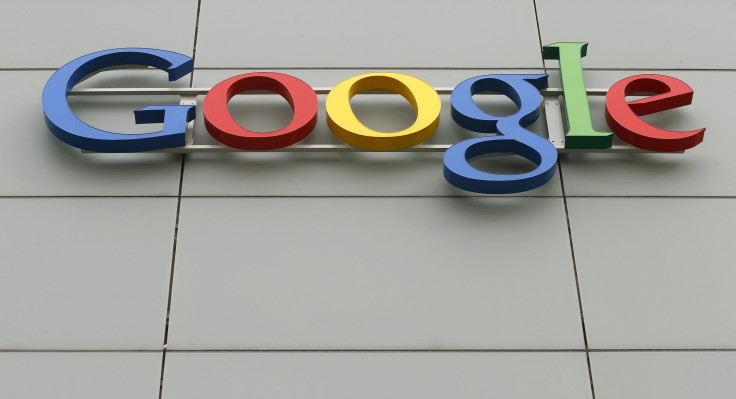Google’s secret project: 5G-equipped drones as next-generation mobile hotspots

Tech giant Google revealed their current testing of the next-generation mobile hotspots, which come in the form of solar-powered drones complete with advanced 5G network technologies.
The future mobile hotspot endeavour is a highly confidential project launched by the tech giant under the codename “SkyBender.” According to the Guardian, Google finally tested several prototype drones in the gigantic—15,000 square feet—Space Terminal of New Mexico.
Like us on Facebook
Project SkyBender uses drones, or unmanned aerial vehicles, to deliver better and faster wireless Internet access using millimetre wave radio transmissions. Although minute in size, these transmitters can emit radio waves can deliver a gigabit of data within a second. Tech experts say its speed could be 40 times faster than the existing 4G LTE technology.
Jacques Rudell, an engineering professor from the University of Washington, lauds the huge advantage of using millimetre radio waves, which divert mobile signals from an existing crowded mobile spectrum to a new and less congested spectrum. A congested spectrum causes weak mobile signals which is behind poor mobile connectivity.
Google, along with other leading mobile tech companies like Vodafone, 5BARz International and EE, aims to solve weak mobile signals and poor mobile connectivity caused by congested spectrums and outdated infrastructures. While Google’s drone-5G tech fusion is an answer to signal deterioration, Rudell admits that millimetre waves used in drones cover shorter ranges compared to mobile signals which can cover longer ranges. This is why with drones operating at high altitude, the only way to get the millimeter wave to work is through focused transmissions.
Going mobile on automobiles
Aside from aerial vehicles, innovators are working for faster and stronger LTE modules in automobiles within the next five years. Aside from advanced engines and high fuel efficiency, carmakers are looking into mobile connectivity as the next car technology innovation.
Ralph de la Vega, CEO of the telecom giant, AT&T Mobile and Business Solutions, revealed in a Fierce Wireless report that the company signed deals to provide mobile LTE connectivity with Ford and eight other major car brands.
Additionally, Ford executives are looking forward to the connected car of the future that will allow remotely unlocking and locking doors and a built-in GPS system connected through a mobile hotspot or a wireless modem embedded in the car. The car company’s product development executives said that investing in these features will create a seamless connection between cars and their owners’ connected lifestyle.
From high flying drones to wirelessly connected automobiles, tech innovators constantly invent ways to keep up with the increasing demand to be connected. These next-generation mobile hotspots advance not only towards better connectivity, but towards more constant and consistent connection as well.





















